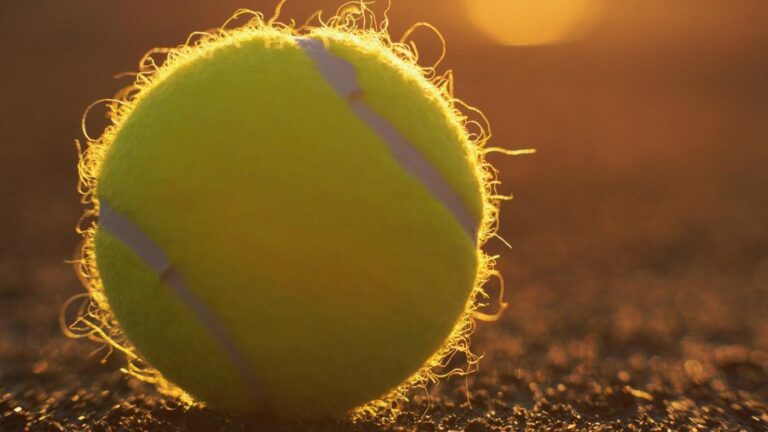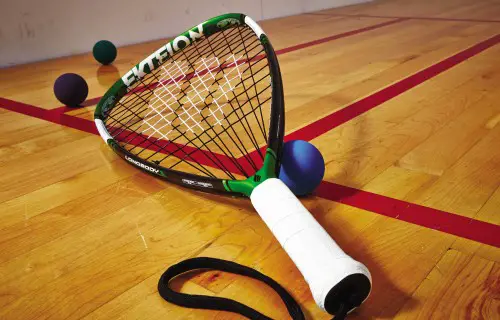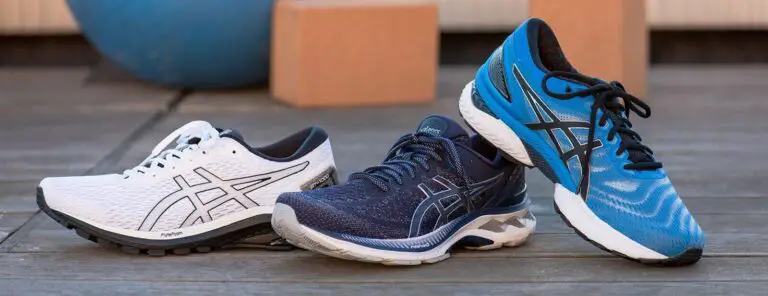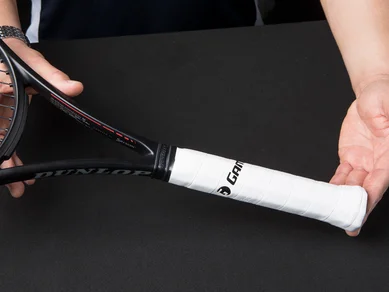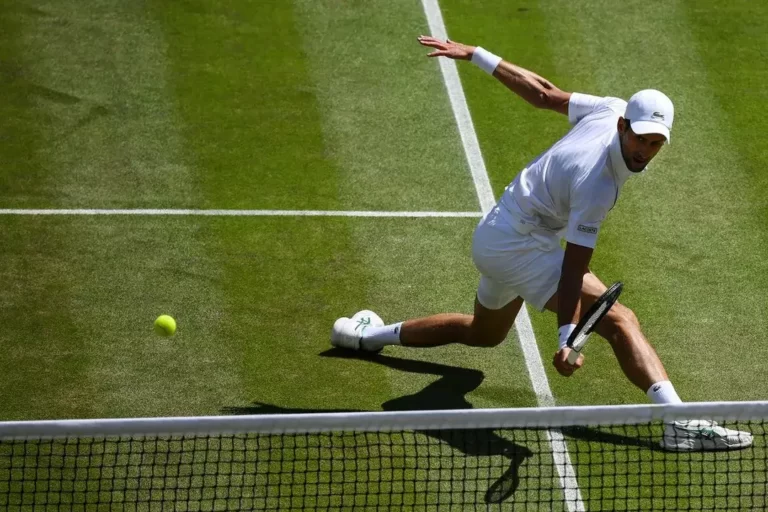Why Do Tennis Balls Have Lines?
Tennis ball lines produce aerodynamic turbulence that improves player spin generation and ball control while increasing match visibility.

Have you ever considered why the recognizable lines wrap around tennis balls’ surfaces? Those lines are essential in the tennis game; they are not merely for show. So let’s explore the intriguing realm of tennis ball design and learn the significance of those complicated lines.
The Evolution of Tennis Balls
Tennis balls have developed significantly since their early days. Tennis players utilized leather balls with stitching inside that were filled with materials initially, including wool or hair. The tennis ball changed as the sport did. Tennis balls in the modern day are now made of rubber and covered in felt, making them more reliable and resilient. But why did these modifications happen?
Why Are Tennis Balls Pressurized?

Tennis was transformed when pressurized tennis balls were introduced. Pressurization entails adding a specific gas, typically nitrogen, to the tennis ball’s core. It is crucial for competitive play because it gives the ball bounce and life. Have you ever wondered how they can maintain that pressure inside the ball?
The Role of Felt in Tennis Balls
The felt cover on tennis balls significantly impacts gameplay and isn’t only for looks. Players can produce spin and better control the ball because of the friction the felt provides. Each shot is distinct since it also impacts the ball’s aerodynamics. Let’s investigate the dynamic properties of the tennis ball felt.
Check the below youtube shorts link for a better visual understanding of the tennis ball lines.
The Science Behind Tennis Ball Lines
Let’s now investigate the real cause of the mysterious tennis ball lines. The lines on the court are not just for aesthetic purposes but also helpful. These lines primarily improve the ball’s aerodynamics and visibility to players and spectators.
Magnus Effect
The Magnus effect is a mild turbulence that develops while a tennis ball flies through the air. The interaction between the air surrounding the spinning ball and the impact causes it to happen.
The air moving around the ball as it spins moves at various rates, causing the air pressure on its surface to change. Depending on which way the ball is spinning, the airflow is obstructed by the lines on the ball, which gives the ball lift or drag.
The lift and drag phenomenon.
This lift and drag phenomenon significantly impacts the ball’s trajectory. For instance, a tennis ball with topspin (spinning forward) will dip more swiftly toward the ground due to higher downward pressure.
A ball with a backspin, on the other hand, experiences less under pressure, resulting in a higher bounce. Players need to be aware of these aerodynamic effects since they affect shot trajectories and allow good players to make a variety of spin shots.
I provide another YouTube shorts link about tennis ball lines. It’s fascinating to see how those little lines on the ball can significantly impact the game.
Enhance Visibility
Additionally, tennis ball lines improve sight during matches. It is simpler for players to follow the ball’s movement while it is moving quickly because of the contrast between the bright color of the felt and the lines. This improved visibility also benefits spectators, who can now more easily keep up with the action on the court.
Are there different types of tennis ball lines, and do they impact gameplay?
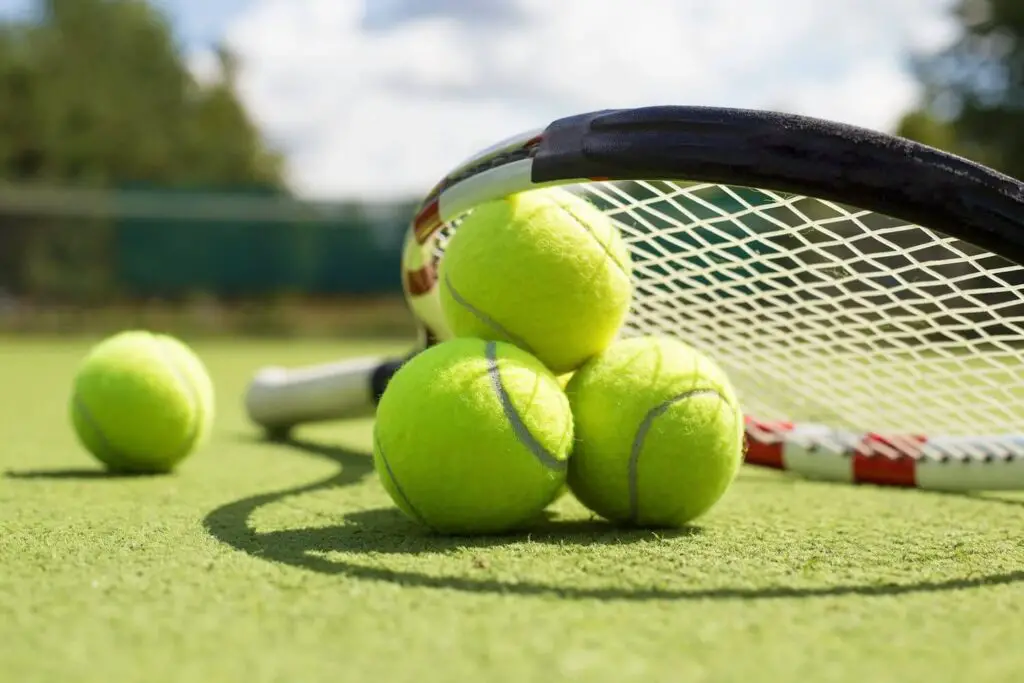
Yes! Tennis ball lines do come in many shapes and sizes. There are narrower lines on some balls and thicker ones on others. The thickness and placement of the lines can impact the ball’s aerodynamic characteristics, which could therefore change how the game is played.
More turbulence caused by thicker lines may result in more significant spin and trajectory variations. Players frequently develop preferences for particular ball designs based on their playing style and court conditions.
Do different tennis ball brands have unique line patterns, and does it make a difference?
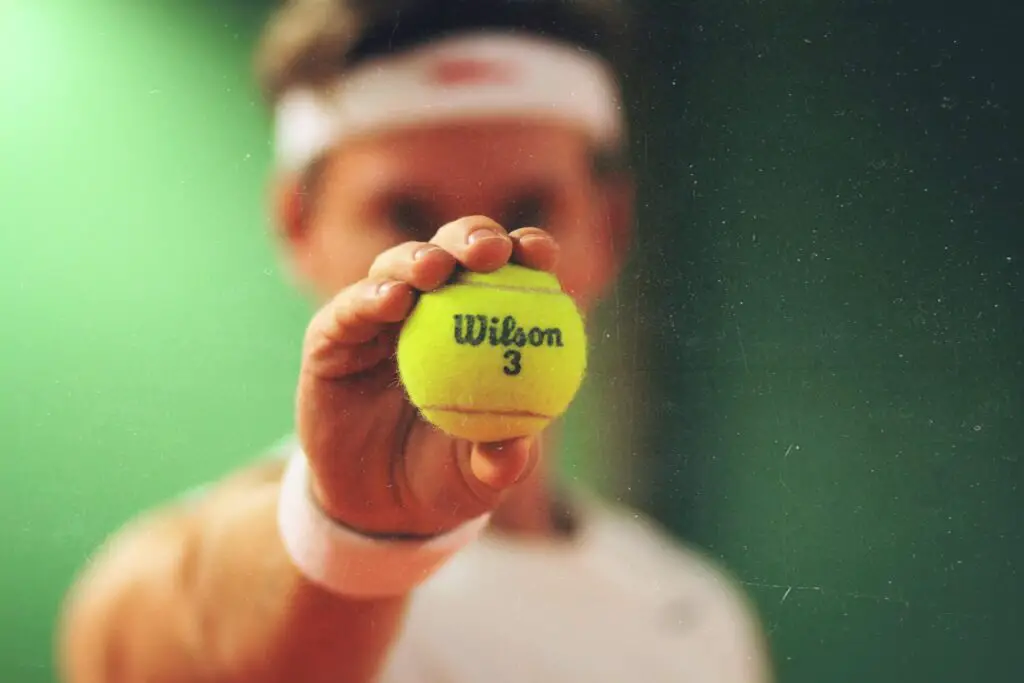
Yes! The line patterns used by various tennis ball manufacturers may vary slightly. Even though the differences seem insignificant, they impact how the ball performs on the court.
Manufacturers invest significantly in research and development to tailor their ball designs to specific playing environments and player preferences. Players may thus detect minute differences in the flight and bounce of balls from various brands. Players must test out numerous brands to choose which ball best fits their style of play.
Can the lines on tennis balls wear off over time, and how does it impact gameplay?
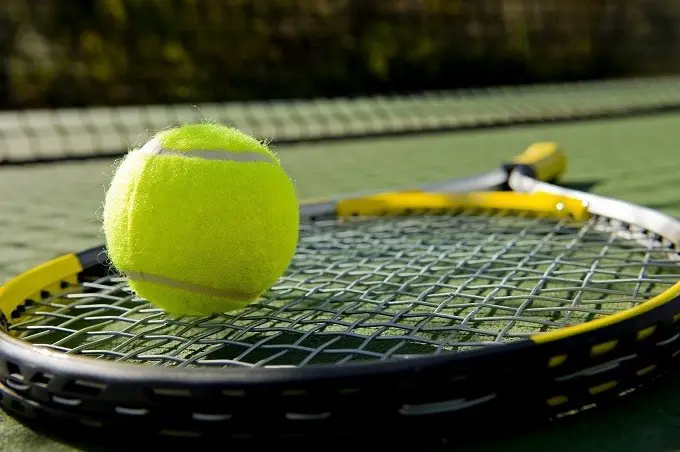
Yes, with prolonged use and regular play, the lines on tennis balls can gradually wear off. As the felt cover becomes more worn and compressed, the lines may become less distinct, affecting the ball’s aerodynamic performance.
The reduced turbulence caused by worn lines can lead to slightly different shot trajectories and spins. While the overall impact may be minimal, professional players who rely on precise spin and shot control might prefer to use newer balls with crisp lines for critical matches.
For your convenience, I’ll provide a Quora link! It’s incredible to see that so many people are discussing the topic of tennis ball lines. There’s a wealth of fascinating insights and experiences to explore there. Let’s dive in and see what everyone says about those mysterious lines on the tennis balls!
Frequently Asked Questions
Q1. Why are tennis balls yellow?
Yellow tennis balls were introduced to improve visibility for players and spectators. The bright color allows players to track the ball more easily against different backgrounds and lighting conditions.
Q2. How long does a tennis ball’s pressurization last?
The pressure inside a tennis ball gradually decreases over time. In professional play, pressurized balls are usually replaced every 7 to 9 games to maintain their optimal bounce.
Q3. Can I reuse old tennis balls for practice?
Yes, you can! While old tennis balls may lose some pressurization, they are still suitable for practice sessions, drills, and recreational play.
Q4. What happens to used tennis balls after they are no longer fit for play?
Many organizations collect used tennis balls to repurpose them in various ways. Some are used for teaching aids, while others are recycled into new products like pet toys or even the soles of shoes.
Q5. Do professional tennis players have specific preferences for tennis balls?
Yes, professional players often prefer specific brands or types of tennis balls. Some players may select a particular level of pressure or feeling and usually communicate their preferences to tournament organizers.
Conclusion
Next time you pick up a tennis ball, take a moment to appreciate the complexity behind its seemingly simple design. From the pressurized core to the felt-covered exterior and those enigmatic lines, every detail serves a purpose. Tennis balls have come a long way to enhance the game we love.
REFERENCES
- https://sports.stackexchange.com/questions/21142/why-does-a-tennis-ball-have-a-curvilinear-oval-that-goes-around-it
- https://www.quora.com/Where-does-the-line-pattern-on-a-tennis-ball-come-from
- https://northaw-cuffleytennisclub.co.uk/where-does-the-line-pattern-on-a-tennis-ball-come-from
- https://en.wikipedia.org/wiki/Tennis_ball
- https://mathcurve.com/courbes3d.gb/couture/couture.shtml

